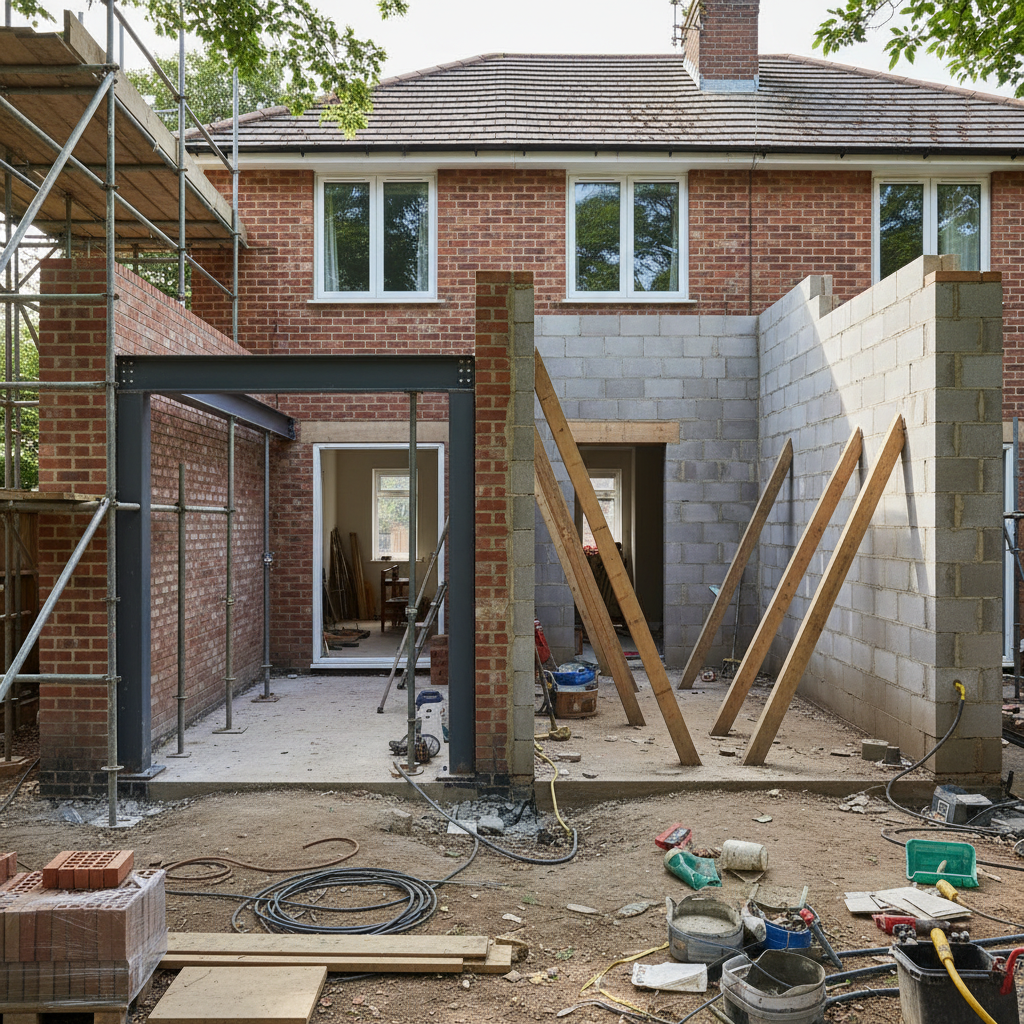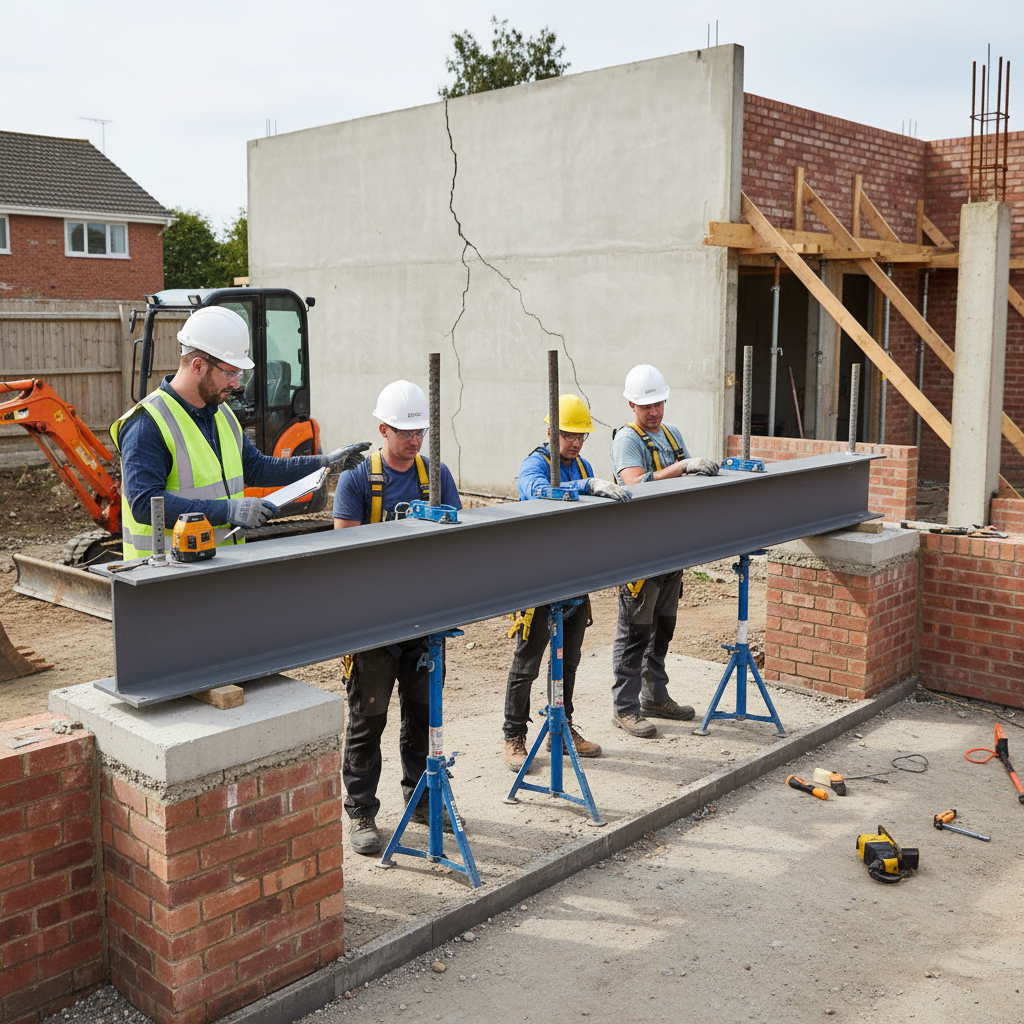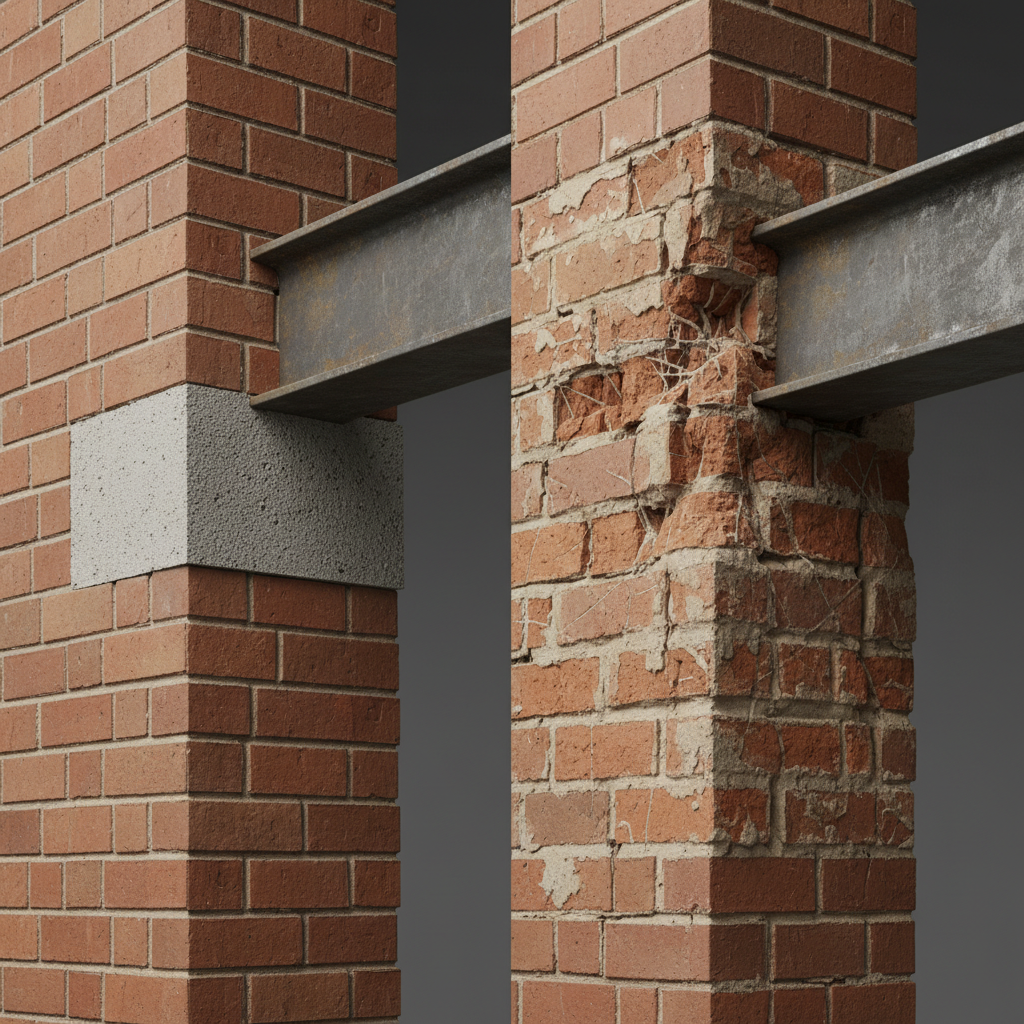
Structural engineering is a specialized field requiring precision, calculation, and experience to ensure buildings are both safe and cost-effective. Choosing properly qualified engineers with appropriate professional indemnity insurance is essential for any construction project, whether it’s a small residential extension or a major commercial development.
Key Highlights
Here’s what you need to know about choosing quality engineering services:
- Qualified structural engineers can identify potential issues before construction begins, saving time and money.
- Comprehensive structural calculations lead to more accurate material quantities and reduced wastage.
- Professional indemnity insurance provides protection if things go wrong.
- Building Control is more likely to approve plans designed by chartered engineers.
- Proper engineering can increase property value and reduce long-term maintenance costs.
Understanding the Engineering Planning Process

The structural engineering process begins with a thorough site assessment to understand existing conditions and constraints. During this initial phase, qualified engineers evaluate soil conditions, existing structural elements, and potential challenges that might affect the design or construction process. This detailed groundwork enables engineers to make informed decisions about appropriate structural systems and material choices that will best serve the project’s needs while ensuring safety and compliance.
According to the Institution of Structural Engineers, skipping this crucial assessment phase can lead to significant problems later in construction. The engineering team will also review architectural plans to ensure structural systems can accommodate design intentions while meeting building regulations. These early investigations help prevent costly surprises and form the foundation for detailed structural calculations that follow.
The Value of Proper Structural Calculations
Comprehensive structural calculations are at the heart of quality engineering services and represent far more than just a regulatory requirement. These detailed mathematical analyses determine the exact specifications for all structural elements—from foundation depths to beam sizes and reinforcement details—ensuring each component can safely bear anticipated loads. Engineers use sophisticated software and analytical methods to optimize designs, balancing safety with material efficiency.
The difference between basic and detailed calculations can significantly impact project costs. When calculations are thorough, contractors receive precise material specifications, reducing wastage and preventing over-engineering. According to the Structural Engineering Institute, projects with comprehensive calculations typically see 15-20% less material wastage compared to those with minimal calculations. This precision directly translates to savings in material costs and construction time while ensuring the structure performs as intended throughout its lifetime.
The Role of Professional Qualifications

Properly qualified structural engineers bring a depth of knowledge that extends beyond basic structural principles. Chartered engineers with MIStructE or CEng designations have demonstrated professional competence through rigorous examination and practical experience. These qualifications represent years of specialized education and supervised practice, ensuring engineers can handle complex structural challenges with confidence and expertise.
Building Control officers recognize these professional qualifications and often subject plans from chartered engineers to less scrutiny, potentially speeding up the approval process. The UK’s Engineering Council maintains strict standards for chartered status, requiring engineers to demonstrate not only technical knowledge but also commitment to ethical practice and continuing professional development. This ongoing learning ensures engineers stay current with evolving building codes, materials science, and design methodologies that may benefit your project.
The Insurance Factor in Engineering
Professional indemnity insurance is a critical consideration when selecting an engineering firm, providing protection for both the engineer and the client. This specialized insurance covers claims arising from professional negligence, errors, or omissions in the engineering design or advice. Reputable engineering practices maintain appropriate coverage levels based on the size and complexity of projects they undertake, typically ranging from £250,000 to several million pounds for larger firms.
In the event something does go wrong during or after construction, this insurance ensures resources are available to address the issue. The Royal Institution of Chartered Surveyors advises clients to verify both the existence and amount of an engineer’s professional indemnity insurance before engaging their services. This verification provides peace of mind that financial protection exists should structural issues emerge that trace back to engineering decisions. Engineers with proper insurance also tend to implement more rigorous quality control processes to minimize their risk exposure, which benefits project quality overall.
Case Studies: Cutting Corners vs. Quality Engineering

Recent housing developments in Yorkshire provide clear examples of how engineering quality impacts project outcomes. One developer who prioritized cost savings by using minimal engineering input experienced significant delays when Building Control required additional structural work midway through construction. The resulting changes increased material costs by 35% and extended the project timeline by three months, far exceeding the initial savings from reduced engineering fees.
In contrast, a similar development in the same region invested in comprehensive structural engineering services from chartered professionals. Despite the higher initial engineering costs, the project progressed smoothly through Building Control approvals with no structural revisions required. The detailed specifications also allowed for more competitive contractor bidding and reduced material wastage. You can read more about similar situations in our article about renovation horror stories where projects skipped proper engineering.
Long-term Benefits of Quality Engineering
The advantages of proper structural engineering extend well beyond the construction phase and into the building’s entire lifecycle. Structures designed with appropriate safety factors and material efficiency typically require less maintenance over time, as they’re less prone to settlement issues, excessive deflection, or material fatigue. This reduced maintenance translates to significant cost savings over decades of building ownership.
Quality engineering can also enhance property value by ensuring spaces remain functional and adaptable to changing needs. Research by the Royal Institution of Chartered Surveyors indicates that properties with documented engineering specifications from reputable firms often command higher resale values. Additionally, well-engineered structures generally offer better performance during extreme events such as high winds or seismic activity. Finding the right balance is crucial, as we discuss in our article about over-engineering in buildings and striking the right balance. For ongoing assurance, many property owners also benefit from structural inspections during construction to verify work quality.
The investment in proper structural engineering represents a small percentage of overall construction costs—typically 1-3%—but influences virtually every aspect of project success. When viewed through the lens of lifecycle costs, quality engineering consistently proves to be the more economical choice for building owners and developers alike.
Sources
Information for this article was gathered from:
